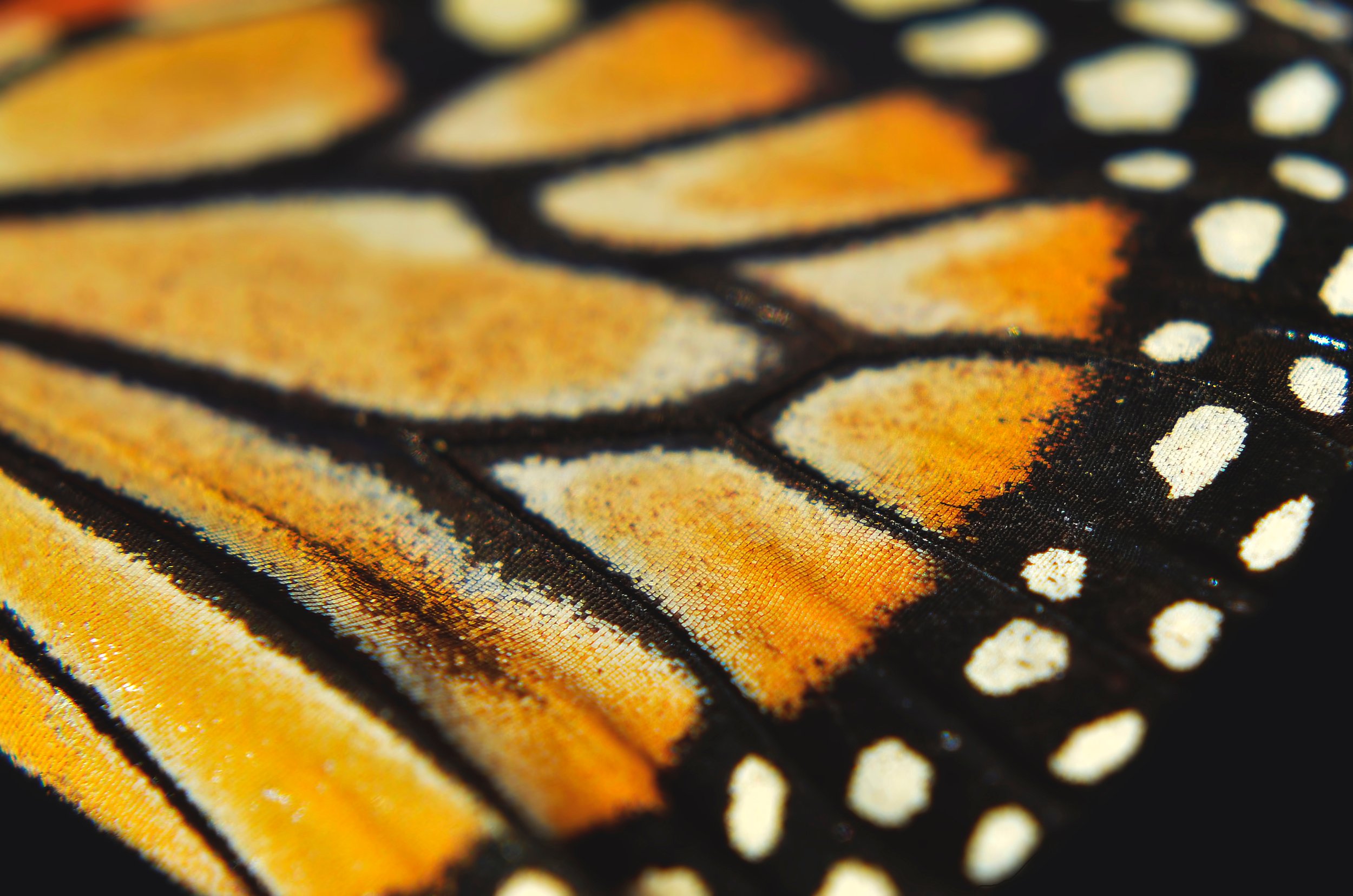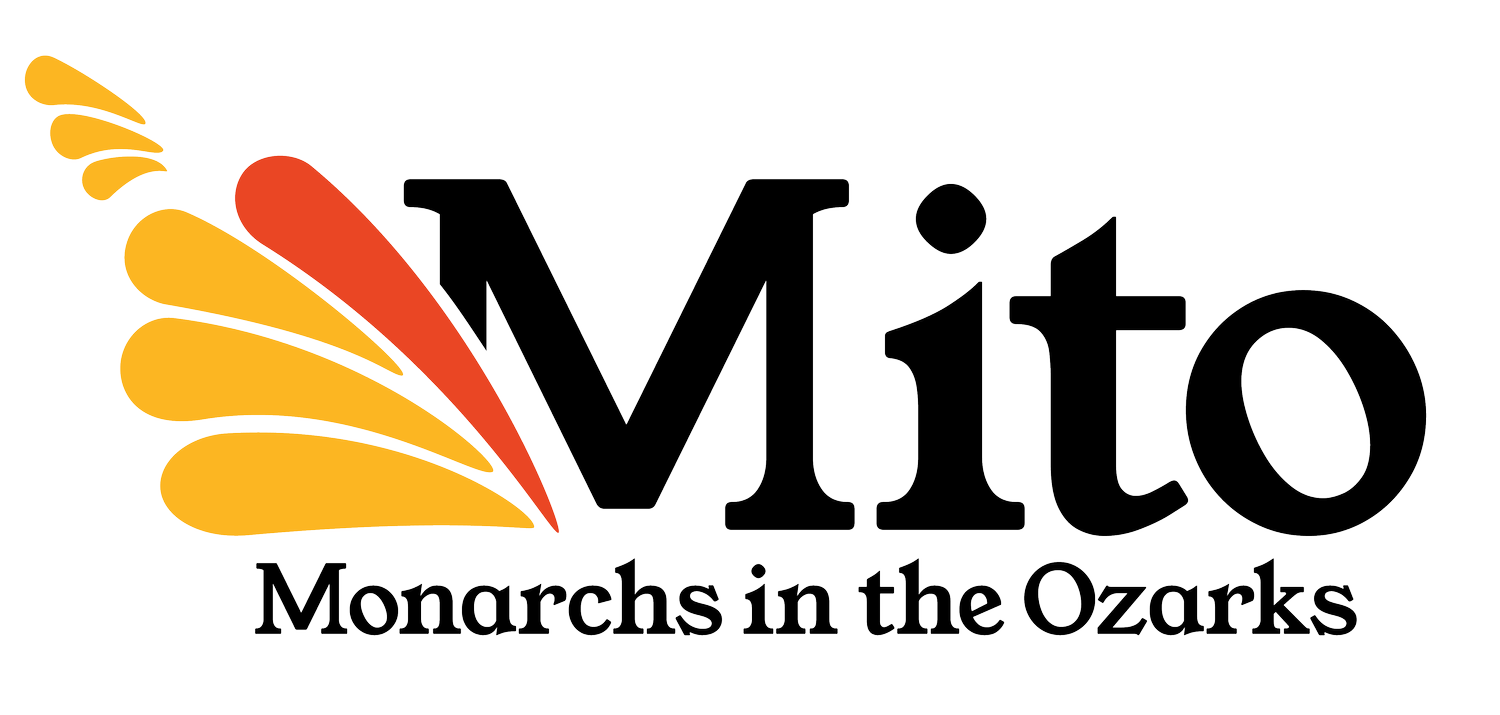
Monarchs: Why They Need Us
(and why we need them)
The Monarch Crisis
Monarchs are one of nature’s greatest travelers, migrating up to 2,500 miles between Mexico and Canada each year. But this journey is now at risk due to habitat loss, climate change, and pesticides.
Key Monarch Facts & History
Monarch populations have dropped from 1 billion in the 1990s to fewer than 100 million today.
Milkweed loss is the #1 reason for monarch decline—monarch caterpillars only eat milkweed.
In 2022, the monarch butterfly was officially declared endangered by the IUCN Red List.
The "super generation" of monarchs, born in late summer, can live up to 8 months and migrate thousands of miles, while other generations only live 2-6 weeks.
Monarchs rely on flyways in the Ozarks as part of their long migration route.
How Mito Helps
Transforming unproductive green spaces into native wildflower sanctuaries.
Planting milkweed to support monarch breeding.
Raising awareness and encouraging pollinator-friendly practices.
How You Can Help
Not everyone has acres of land to restore, but small actions make a big impact! Here’s how you can support monarchs right from your own home:
Plant native milkweed – Monarch caterpillars rely exclusively on milkweed for food.
Grow pollinator-friendly flowers – Nectar-rich plants like coneflowers, black-eyed Susans, and goldenrod help adult monarchs fuel up for migration.
Avoid pesticides and herbicides – Many chemicals harm butterflies and their food sources.
Create a butterfly puddling station – A shallow dish of water and mud gives monarchs essential minerals.
Support conservation efforts – Donate, volunteer, or advocate for native habitat protection.
Spread the word – Share what you learn with friends and family to inspire more people to take action.



